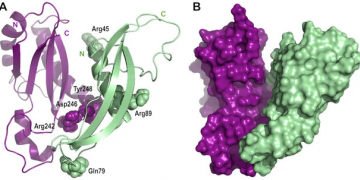
Gala evening of the Institute
Don't miss the annual gala evening of the de Duve Institute, on September 30.
News
The team of J-Francois Collet recently published an important study in eLife, a journal inspired by prestigious international institutions such as the Wellcome Trust, Max Planck and the H.H.M.I. In this article, Collet and colleagues demonstrated that OmpA, one of the main components of the Escherichia coli envelope, modulates the activity of the Rcs stress response. In addition, this work clarifies the role of OmpA in the surface exposure of the lipoprotein RcsF. Altogether, the data reported in this article bring important new insight into how bacteria monitor the state of their cell envelope.

Article describing this research
Defining the function of OmpA in the Rcs stress response
Dekoninck K., Létoquart J., Laguri C., Demange P, Bevernaegie R., Simorre J-P., Dehu O., Iorga B.I., Elias B., Cho S-H., Collet J.F.
Elife (2020), 9:e60861 .
Funding
This work was supported by grants from the WELBIO (a Wallonia interuniversity research institute), from the Actions de Recherche Concertées, from the FNRS and from the FRIA.